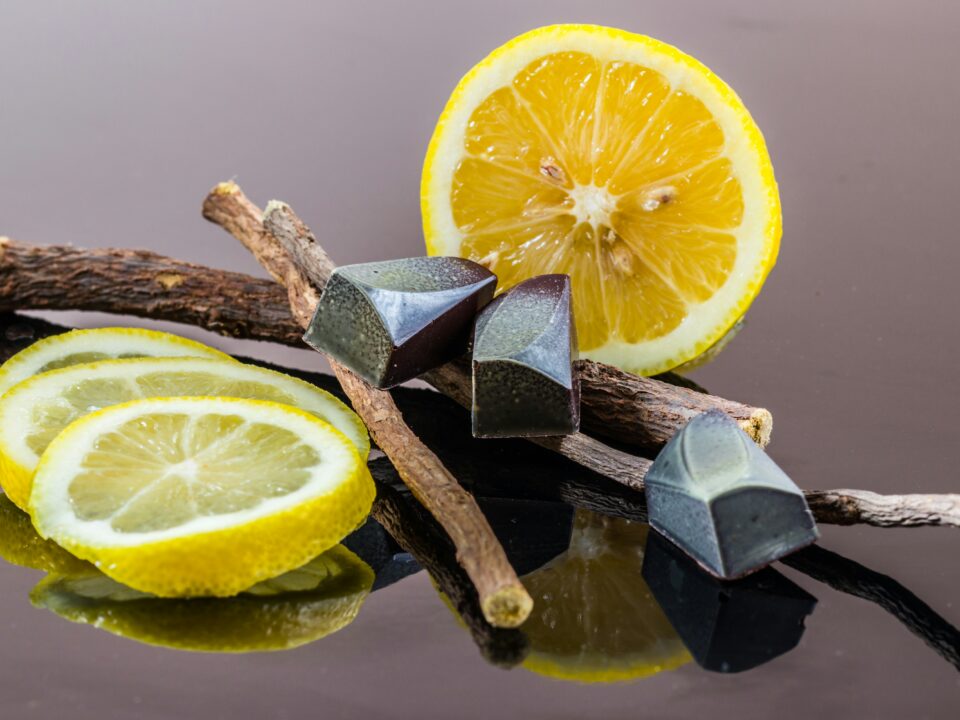
Kaolin clay, also known by its mineral name kaolinite, is a naturally occurring, soft, white clay mineral with the chemical composition Al₂Si₂O₅(OH)₄. Structurally, it is a layered silicate composed of a silica tetrahedral sheet linked to an alumina octahedral sheet. It is formed through the chemical weathering of aluminium silicate minerals such as feldspar, resulting in a fine, powdery clay that has been used for centuries across multiple industries.
Historically, kaolin’s name was adopted from the Chinese term “gāolǐngtǔ,” referring to the village of Gaoling in China, where the mineral was famously sourced for porcelain production during the Qing dynasty. The mineral gained prominence in Europe in the early 18th century when French missionary François Xavier d’Entrecolles documented its use in the porcelain-making process of Jingdezhen, a tradition deeply embedded in Chinese craftsmanship. While kaolin was once primarily employed in paper manufacturing, comprising up to 70% of its use as recently as 2009, changing technologies and environmental shifts have expanded its relevance, particularly in the field of skincare.
In modern dermatological applications, kaolin clay has carved a niche for itself as a staple ingredient in numerous cosmetic formulations. It is most commonly found in cleansers, masks, and serums, where it plays multiple roles—from providing texture and enhancing product consistency to delivering therapeutic skin benefits. One of its primary dermatological functions is oil absorption. The clay’s natural affinity for sebum enables it to draw out excess oil and moisture from the skin’s surface, making it especially useful for individuals with oily or acne-prone skin. By binding sebum, kaolin helps to control shine and mattify the complexion, leaving the skin looking smooth and refined.
Beyond oil control, kaolin also functions as a gentle exfoliant. Its fine, soft particles help lift away dead skin cells and impurities from the skin’s outer layers without causing irritation. This property is particularly advantageous for those seeking mild exfoliation as part of a routine skincare regimen. When applied topically, the clay is also known for its cleansing and detoxifying abilities. Rich in both essential and trace minerals, kaolin clay aids in the removal of accumulated dirt, product residue, and environmental pollutants, contributing to a clearer, more refreshed complexion.
Kaolin’s ability to detoxify without stripping the skin of its natural moisture makes it unique among clays. It manages to purify the skin while maintaining hydration levels, a balance that is critical for overall skin health. That said, kaolin is best suited for individuals with normal to oily skin types. For those with dry or sensitive skin, caution is advised, as the clay’s oil-absorbing nature may lead to over-drying or irritation if used excessively.
Overall, kaolin clay is a versatile and effective skincare ingredient that aligns well with modern dermatological goals. Its historical significance, combined with its gentle yet powerful skin-enhancing properties, underscores why it remains a trusted choice in both traditional and contemporary skincare formulations.



